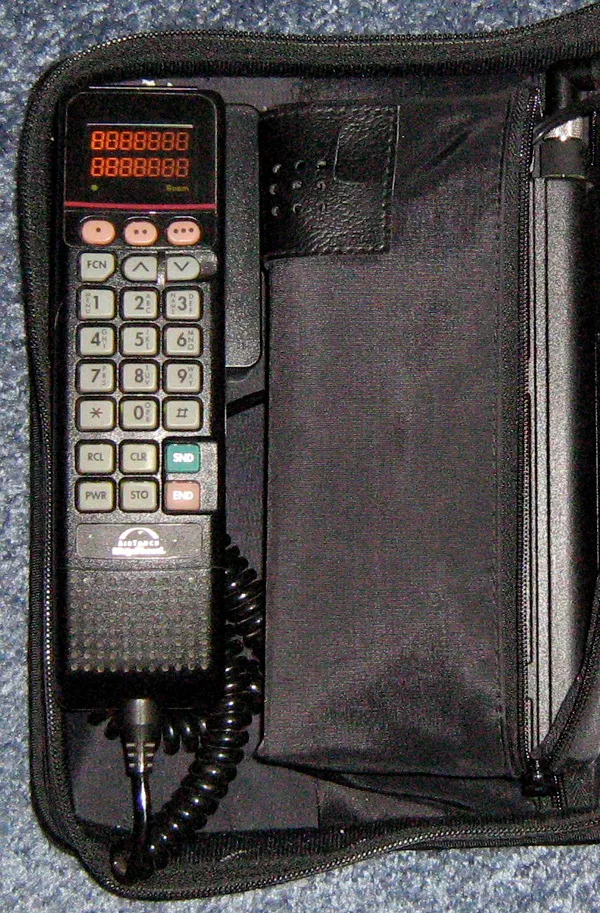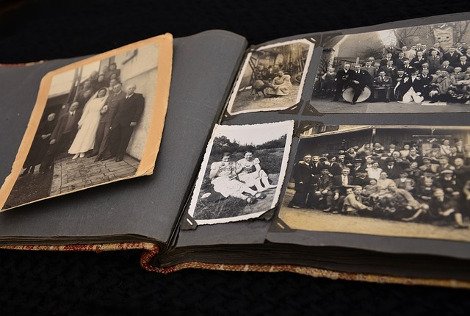
Most of this post, at least the background portion, harkens back to the early 1990s – to give you a reference timeframe.
Several years after graduating college and a very brief interlude attempting to pursue a career in <REDACTED TO PREVENT EMBARRASSMENT>, I returned to a Systems Administration (sysadmin) role. This time, I was working (initially as a contractor and then converted to full-time directly) with AT&T – back when AT&T was still considered the major powerhouse in long-distance telecom. [This was also back when cell phones were a rarity and were larger than some women’s handbags – being often known, in fact, as “bag phones” or similar). Yes, it was big, it was heavy and it was cumbersome.
So, I was at AT&T and the project I was doing sysadmin for was to try and build customer-facing service using what was very much cutting edge technology at the time. This technology was “voice recognition calling”. Specifically, we were designing / building a service so certain trial customers could call a toll-free phone number (1-800 number) and, from there, use their account to place another phone call to somewhere else.
Remember, if you will, back then, everything was “land-lines” and telephone booths. Unless you were seriously splurging, you were not going to guaranteed to have a phone handy – least one where you didn’t have to insert coins to pay to make a phone call.
“Voice Calling Service”
The idea was, you could go to a random phone (even a pay phone) and dial a 1-800 number (these were never charged and you could do so from a pay phone even if you didn’t have any coins). From there, you would be prompted for your account number. This could be entered either by the keypad or by speaking the number. If you spoke it, the system would also be doing a comparison to make sure it really was you saying the number.
[One of the absolute best snide comments someone had regarding the above was how the “speak your account number to the phone” meant that we would finally be more “handicapped-friendly” … by supporting shoulder surfing for the blind! “That’s right! No longer do you have to suspiciously peer over someone’s shoulder to check what number they’re entering! They’ll just shout it into the phone for you!”]
From there, once it was accepted, you could either enter a specific phone number (keypad or speak the digits) or you could have pre-loaded “trained” phrases (“Call home” or the like) which were voice-trained to you and had the number also pre-loaded.
It was a somewhat interesting idea … and at least a decade earlier than was really technologically-feasible. For one thing, all of our “voice recognition” and “voice training” hardware were giant PC boards (think of something larger and bulkier than a modern GPU card) – and each one of those was only capable of handling a single voice line at a time.
“Failure? We Don’t Know The Meaning of The Word!”
Realistically, this was a project which should never have gotten off the ground much less made it anywhere even close to actual implementation. [Oh, for the record, the project finally was scrapped and tossed into a dumpster, but only after several years and at least several thousands of staff-hours were put into it.]
For the first “go-’round”, we were starting to get “close” to something which could possibly be opened up for trial to, maybe, a few hundred users. Note that even getting to this level meant we would need massive amounts of hardware, telecom connections and even a customer service center which would need to be staffed 24/7 by a minimum of 4 reps on duty simultaneously.
And that’s when the issues started rolling in – mainly having to do with an utter lack of coordination and inter-team communications. The entire project was spread across four locations (three of which were in New Jersey and not really within walking distance of each other) and another was out in Ohio. And, of course, everyone was just somewhat merrily doing their own thing without much regard for actually making the thing work!
Eventually, the top project heads got called to explain why there were continual delays. This was some executive’s brain-child and he wanted to see it rolling out! He wanted TV commercials announcing it! [I think there may have even been, like, an AT&T Super Bowl commercial for it – but I may very well be wrong there … this is, at best, a vague recollection.]
With everyone hemming and hawwing, said executive demanded a “Project Audit”. This involved a review team coming in and poking into all the dark corners and trying to determine all the ways something had failed and if it was recoverable. [Generally, there were two “levels” / severities of these things – the “easier” one, which was a “Project Review”; and the dreaded “Project Audit”. An “Audit” usually was also codewords for “Who gets fired over this?”]
One Audit Later
While I was still “technically” in a sysadmin role, I’d also been contributing from the sidelines, both with some overall support software I’d written for the purpose) as well as just general coaching and input on development approaches and such. In a lot of ways, because I was viewing the entire thing from the side, I had one of the best grasp of just how much everything was not working well together.
This also gave me ample opportunity to sit in on all of the audit presentations, helping to answer questions the presenters couldn’t answer and throw in some of my own insights.
By the time it was over, one of the clear bits of feedback from the audit team was “You guys need an overall architect. Oh, and that guy (pointing to me) seems to be the only one who understands what’s involved. You should give the job to him.”l
Where Is This Going?
Rather than harp on about how that role actually kicked off the rest of my career as a software / systems architect (which it did), I’ll return to the main topic – namely, about using voice recognition and such.
Was the concept of making a phone call just by using your voice fascinating and ground-breaking? Abso-freaking-lutely!!! It was also, as we’ve since come to see, a couple of decades or so before the necessary tech was actually “ready” for it.

In the modern times of “Hey, Siri”, “Hey, Google” and “Yo, Alexa!” (or whatever the last one is – sorry, couldn’t be bothered to look it up), very few people even know what a land-line phone looks like. And I seriously doubt there are all that many phone-booths and pay-phones in existence (much less still-working ones).
[Side note – in the original Superman comics, Clark Kent would step into a phone booth to change out of his suit and into his Superman uniform … where the hell would he do that these days? See image above]
But now, we take the easy availability of not just voice / speech recognition, but also a phone within easy reach, all just for granted.






